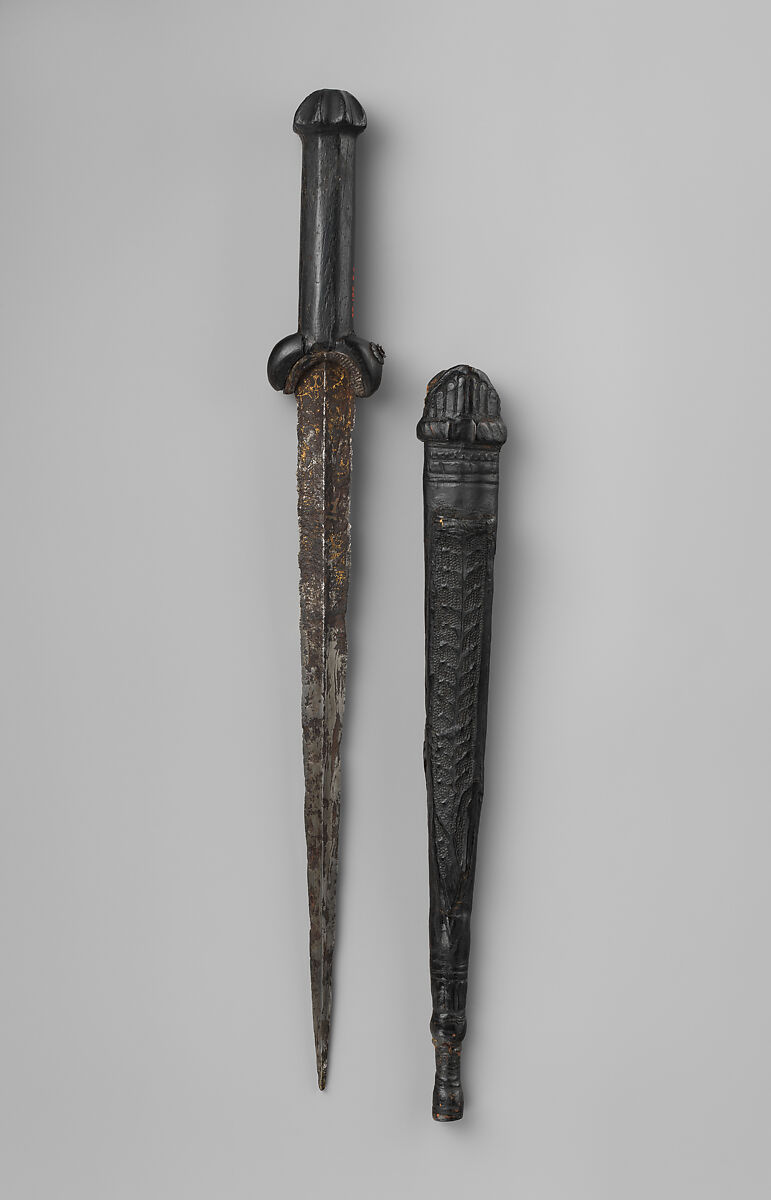The Knight and his stylish mustache!
Historically-accurate chainmail bikini?:D
- Thread starter sandro chronicler
- Start date
-
We have updated our Community Code of Conduct. Please read through the new rules for the forum that are an integral part of Paradox Interactive’s User Agreement.
You are using an out of date browser. It may not display this or other websites correctly.
You should upgrade or use an alternative browser.
You should upgrade or use an alternative browser.
Reminds me of Varys talking about the Summer Isles and their fertility goddess with her 16 teats.
Looks like they also have a god of war, with his 16 guns.
- 3
What particularly interesting about such tests, there too are common misconception in place.
In movies (and other entertainment) often enough armor aren't shown to be all that effective. Which rise the question why people wearing one in the first place. (interestingly, in actual medieval literature and art battle depicted exactly like this, with plate armor slised to bits left and right )
)
As a reaction to this some people (who undoubtedly believe themself to be above the "amateurs"
 ) started to claim that the opposed was true, that medieval armor was completely indestructible. Supposedly nobody would use one otherwise.
) started to claim that the opposed was true, that medieval armor was completely indestructible. Supposedly nobody would use one otherwise.
As this and similar tests shows, armor can be penetrated. Of course, as they say themself in the video, stabbing steel plate on a stand is not same as stabbing steel plate mounted on big angry dude who want to penetrate you too. +it's much easier to stab between plates, or where plates isn't (eyeholes, armpits) than penetrating plate itself.
There important to note that actual survived medieval armor varies wildly in quality. Some cheaper pieces are quite shitty. Not everybody could afford top products. What also should be pointed out, that often that was enough. As example, we have chainmail coifs (hoods), known from both archaeology and medieval art. Good direct strike with the sword would just crack skull of the wielder. However, landing such direct strike at moving target, who actively fight back and has shield, wouldn't be easy...
In movies (and other entertainment) often enough armor aren't shown to be all that effective. Which rise the question why people wearing one in the first place. (interestingly, in actual medieval literature and art battle depicted exactly like this, with plate armor slised to bits left and right
As a reaction to this some people (who undoubtedly believe themself to be above the "amateurs"
As this and similar tests shows, armor can be penetrated. Of course, as they say themself in the video, stabbing steel plate on a stand is not same as stabbing steel plate mounted on big angry dude who want to penetrate you too. +it's much easier to stab between plates, or where plates isn't (eyeholes, armpits) than penetrating plate itself.
There important to note that actual survived medieval armor varies wildly in quality. Some cheaper pieces are quite shitty. Not everybody could afford top products. What also should be pointed out, that often that was enough. As example, we have chainmail coifs (hoods), known from both archaeology and medieval art. Good direct strike with the sword would just crack skull of the wielder. However, landing such direct strike at moving target, who actively fight back and has shield, wouldn't be easy...
That the target moves might not be as big a deal as that "fighting back" thing. If you wind up for your big plate-destroying swing and they just poke towards your face with whatever, you either back off/dodge/parry to react to that, voiding the flow of your strike, or you get hurt/pushed over, voiding your strike entirely.However, landing such direct strike at moving target, who actively fight back and has shield, wouldn't be easy...
- 2
Interesting story. So, 16th century was weird (even weirder than most other centuries). This was the time when on the battlefield one could see fighters in full plate armor fighting side by side with soldiers wearing colorful pajamas, and everything in between.
Generally soldiers "uniform" tended to be quite skintight, often resembling superhero outfits


What more interesting, some mercenaries, as fashion statement, sometimes removed parts of their pants. They thought it looks radical. Yeah, there was punks in the past too.
_(14761439186).jpg)

Cleavage wasn't out of the question too...

Generally soldiers "uniform" tended to be quite skintight, often resembling superhero outfits


What more interesting, some mercenaries, as fashion statement, sometimes removed parts of their pants. They thought it looks radical. Yeah, there was punks in the past too.
_(14761439186).jpg)

Cleavage wasn't out of the question too...

Attachments
- 2
- 1
Heels should be a bit wider and not as high (but mostly wider so they work better on softer ground), and a shield that large should probably have a wider base (pavise style), but other than that it seems legit.
- 1
This is fantasy work afterall)) Superhuman athleticism and all that.Heels should be a bit wider and not as high (but mostly wider so they work better on softer ground), and a shield that large should probably have a wider base (pavise style)
And, she use both shield and heels as a weapon.
- 1
Well, I did reply to the "almost historically accurate" bits, with comments to show "how close to acceptably accurate" it was.This is fantasy work afterall)) Superhuman athleticism and all that.
And, she use both shield and heels as a weapon.
In general, any weirdest "fantasy" armor imaginable? Somebody somewhere had worn something similar in combat))
Firstly it's an example where "half wrong" means "all wrong" (like you can't be satisfied with a halfway decent heart transplant).
Secondly, as soon as you look closer at almost anything on that image it becomes horrible, so I'd say it looks more like a quarter accurate.
- 3
- 1
How many scratches and bites did the servants get putting Milady's cat in the armor?
- 1
- 1
BTW, here are one interesting example. There are particular type of fantasy helmets, more common among female warriors and elves, which consist of plate that cover only forehead, sometimes with cheek plates.In general, any weirdest "fantasy" armor imaginable? Somebody somewhere had worn something similar in combat))


As you probably guessed, yes, there was real life examples. Namely light japanese helmets.


Such protection was meant to defend against slashing attacks from the front only, it was light, convenient
- 1
- 1
ballock daggers:


Was quite popular in late middle ages. Interestingly, some attached such daggers on belts vertically. In front...

Was quite popular in late middle ages. Interestingly, some attached such daggers on belts vertically. In front...
- 1







